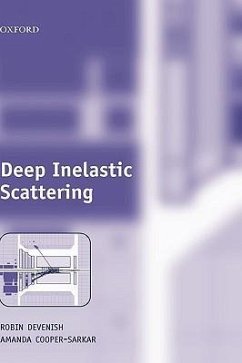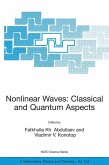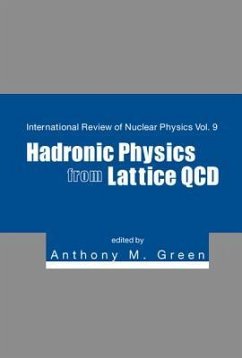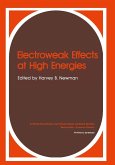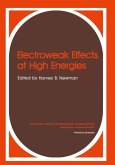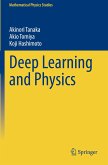The book is an up-to-date, self-contained account of deep inelastic scattering in high-energy physics. Intended for graduate students and physicists new to the subject, it covers the classic results which led to the quark-parton model of hadrons and the establishment of quantum chromodynamics as the theory of the strong nuclear force, in addition to new vistas in the subject opened up by the electron-proton collider HERA. The extraction of parton momentum distribution functions, a key input for physics at hadron colliders, such as the Tevatron at Fermi Lab and the Large Hadron Collider at CERN, is described in detail. The challenges of the HERA data at 'low x' are described and possible explanations in terms of gluon dynamics and other models outlined. Other chapters cover: jet production at large momentum transfer and the determination of the strong coupling constant; electroweak interactions at very high momentum transfers; the extension of deep inelastic techniques to include hadronic probes; a summary of fully polarised inelastic scattering and the spin structure of the nucleon; and finally, a brief account of methods in searching for signals 'beyond the standard model'.
Hinweis: Dieser Artikel kann nur an eine deutsche Lieferadresse ausgeliefert werden.
Hinweis: Dieser Artikel kann nur an eine deutsche Lieferadresse ausgeliefert werden.

